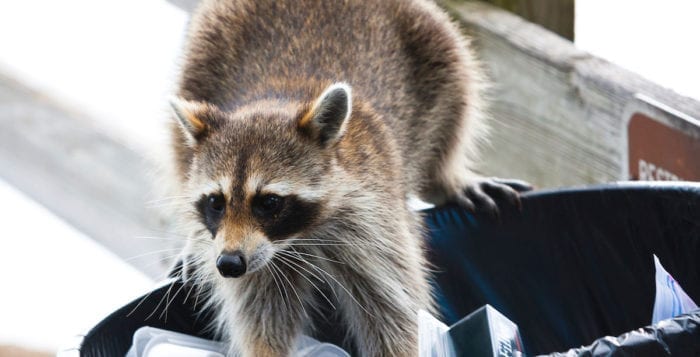The lowdown on leptospirosis
By Matthew Kearns, DVM
May and June always kick off the annual checkup season and with all our exams, we discuss vaccines. When I talk about vaccines like distemper, rabies, kennel cough and Lyme, I always see a nod of understanding. However, when I bring up the leptospirosis vaccine, the quizzical look on people’s faces always reveals a lack of knowledge on this disease.
I think the reason is that as little as 10 years ago, leptospirosis was limited to very rural areas primarily where dogs had more of a risk of coming in contact with wildlife. The more “suburban sprawl” we see brings us (and our pets) in closer contact with the natural reservoirs of this disease.
Leptospirosis is a bacterial infection caused by various strains of the Leptospira bacteria. This bacteria is carried by many wild animals. Naturally occurring hosts are raccoons, opossums, foxes, skunks and various rodents. Raccoons and skunks are scavengers as much as hunters, so they will commonly venture into our yards to knock over garbage pails etc., in search of food.
It has also been estimated that approximately 90 percent of rats in major cities carry leptospirosis, so it has become more of an urban threat than previously realized. These hosts shed, or pass, the bacteria in their urine, contaminating both the environment and water sources. Not only can these hosts carry the bacteria without showing symptoms of disease, they also can shed the bacteria for extended periods of time.
Once in the soil or water, the Leptospira bacteria is very hearty and can survive for weeks to months waiting for another host. The bacteria can gain access to a new host through the membranes of the mouth (drinking contaminated water) or through abrasions and cuts on the skin (from the soil). Once in the bloodstream the bacteria travels to the kidneys and starts to divide. When the bacterial numbers are high enough, the new host will start shedding bacteria via the urine.
No specific breed of dog appears to be more susceptible or resistant to the infection. However, middle-aged dogs (as compared to young or old) and male dogs (compared to female) appear to be at higher risk. It is theorized that middle-aged male dogs are more likely to wander and get into more trouble (so far as coming in contact with a natural host).
The most common organ system affected is the kidneys, but the Leptospira bacteria can also affect the liver, lungs and central nervous system. Once the bacteria reaches the kidneys replication, as well as inflammation, damages kidney cells.
The symptoms of leptospirosis can be quite general in the beginning. Anything from a drop in appetite and an increase in thirst to vomiting, severe lethargy and in some cases death.
The good news is that leptospirosis is a bacterial infection that can be treated with antibiotics and other supportive care (IV fluids, IV medications etc.). The bad news is many times the initial infection is cleared but there is permanent damage to the kidneys.
An effective vaccine is now available to prevent this disease. So, check with your veterinarian if your dog is at risk (dogs that get out of the yard, are in contact with many other dogs, have wildlife nearby and standing water) and should be vaccinated. Let’s keep our dogs safe this summer.
Dr. Kearns practices veterinary medicine from his Port Jefferson office and is pictured with his son Matthew and his dog Jasmine.







